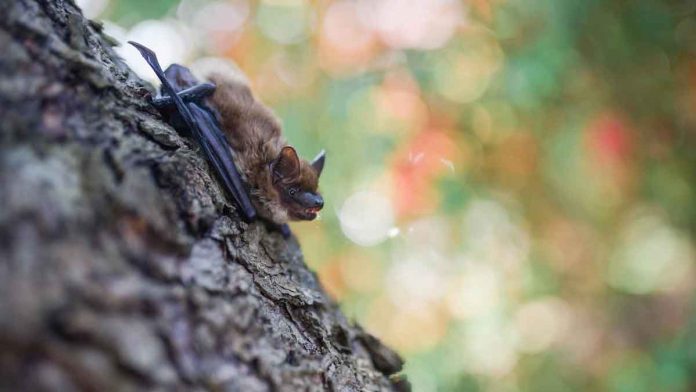University of Chicago’s Harris School of Public Policy, assistant professor Eyal Frank used natural experiments from ecology to estimate different pieces of the complex puzzle of the social cost of biodiversity losses.
Frank explained his research
For years, he has studied academic papers about the loss of species. He said, biological diversity was in freefall. He wanted to quantify the economic repercussions of ecological events. He realised those numbers didn’t exist.
He used causal inference methods. He generated insights on ecology and economics. He created a way for social scientists to know about what ecologists are worried about.
How Bats play a role in this
Frank read about white nose syndrome, which has killed millions of bats. In an ecological sense, bats are incredibly important. They are powerful pollinators and pest control agents. Frank realised a natural experiment was taking place as a result of the effects of white nose syndrome.
Frank combined different data sets. This allowed him to test a key prediction in environmental economics. He found that farmers started using more insecticides to compensate for the reduction in biological pest control where there is a decrease in the population of bats. Bats are a meaningful part of the ecosystem and we can see the important effects of not having them around.
He also looked at a data from the United States on the effects of reintroducing wolves. Wolves have an adverse effect on livestock. But wolves help reduce the deer population. They deter deer from roadsides and reduces collisions with automobiles.
Climate change’s role in it
Climate change has a big role to play. The moth contributes to defoliation. There are natural boom and bust cycles. There’s a fungus that keeps the moth population in check. But climate change threatens to slide the scales in favour of the moth.
Frank evaluated areas that have had great outbreaks in the moth population. He used detailed defoliation maps. So, it is the unexpected connection between climate change and people’s lives.

